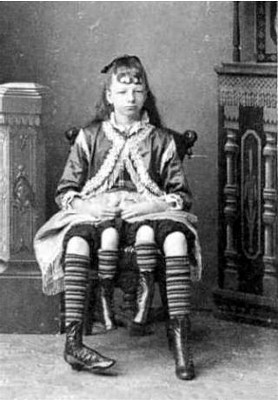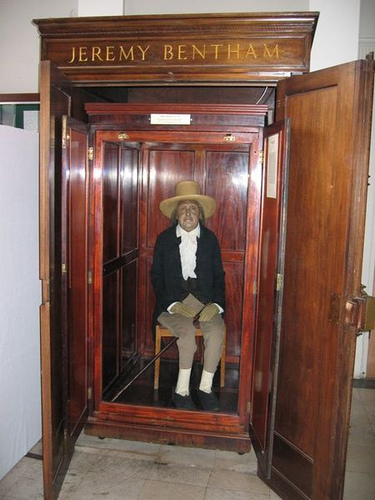
If you have one of these, hold on to it. Produced by a 1918 misprint, only 100 of these stamps have been found. That puts them among the most valuable stamps in the world — in 2003, an “Inverted Jenny” would sell for $150,000.

If you have one of these, hold on to it. Produced by a 1918 misprint, only 100 of these stamps have been found. That puts them among the most valuable stamps in the world — in 2003, an “Inverted Jenny” would sell for $150,000.
The Chevalier d’Eon (1728-1810) lived the first half of his life as a man and the second as a woman. Until age 49 d’Eon served as a diplomat and soldier in Louis XV’s France, fighting in the Seven Years’ War and spying in London for the king.
But in 1771 he claimed he was physically a woman and asked to be recognized as such. The government agreed, even financing a new wardrobe, and the chevalier spent his remaining 33 years as a woman, participating in fencing tournaments and even offering to lead a division of women soldiers against the Habsburgs.
Doctors who examined him after death discovered that his body was anatomically male.
The most common birthday in the United States is Oct. 5.
That’s nine months after New Year’s Eve.

Born in 1868, Myrtle Corbin had two separate pelvises, side by side — each of her large outer legs was paired with a small inner one. She could move the small ones, but they were too weak for walking.
The condition didn’t slow her down — she married a doctor at 19 and eventually gave birth to four daughters and a son.
C-3PO and R2-D2 are the only characters that survive all six Star Wars movies.
Idaho means nothing. When Congress was casting about for a name for a new western territory, an eccentric lobbyist named George M. Willing suggested “Idaho,” which he said was derived from a Shoshone Indian term meaning “the sun comes from the mountains” or “gem of the mountains.”
He later admitted that he’d made it up.

When the English jurist and philosopher Jeremy Bentham died in 1832, his body was preserved and stored in a wooden cabinet at University College London. That was his request. It’s still there — you can see it at the end of the South Cloisters in the college’s main building. Occasionally it’s brought to council meetings, where Bentham is listed as “present but not voting.”
Unfortunately, students kept stealing the head (apparently a disquieting English custom), so the trustees replaced it with a wax one. Bentham’s real head is locked up in an undisclosed location.
“Always do sober what you said you’d do drunk. That will teach you to keep your mouth shut.” — Ernest Hemingway
Countries with highest life expectancies:

Sadly, there are no Friendly’s restaurants on Shades of Death Road, which runs for fully 7 miles through Warren County, N.J.
The sign is stolen so frequently that local residents have started greasing the pole. That’s a good trick, but it’s not appropriate everywhere.